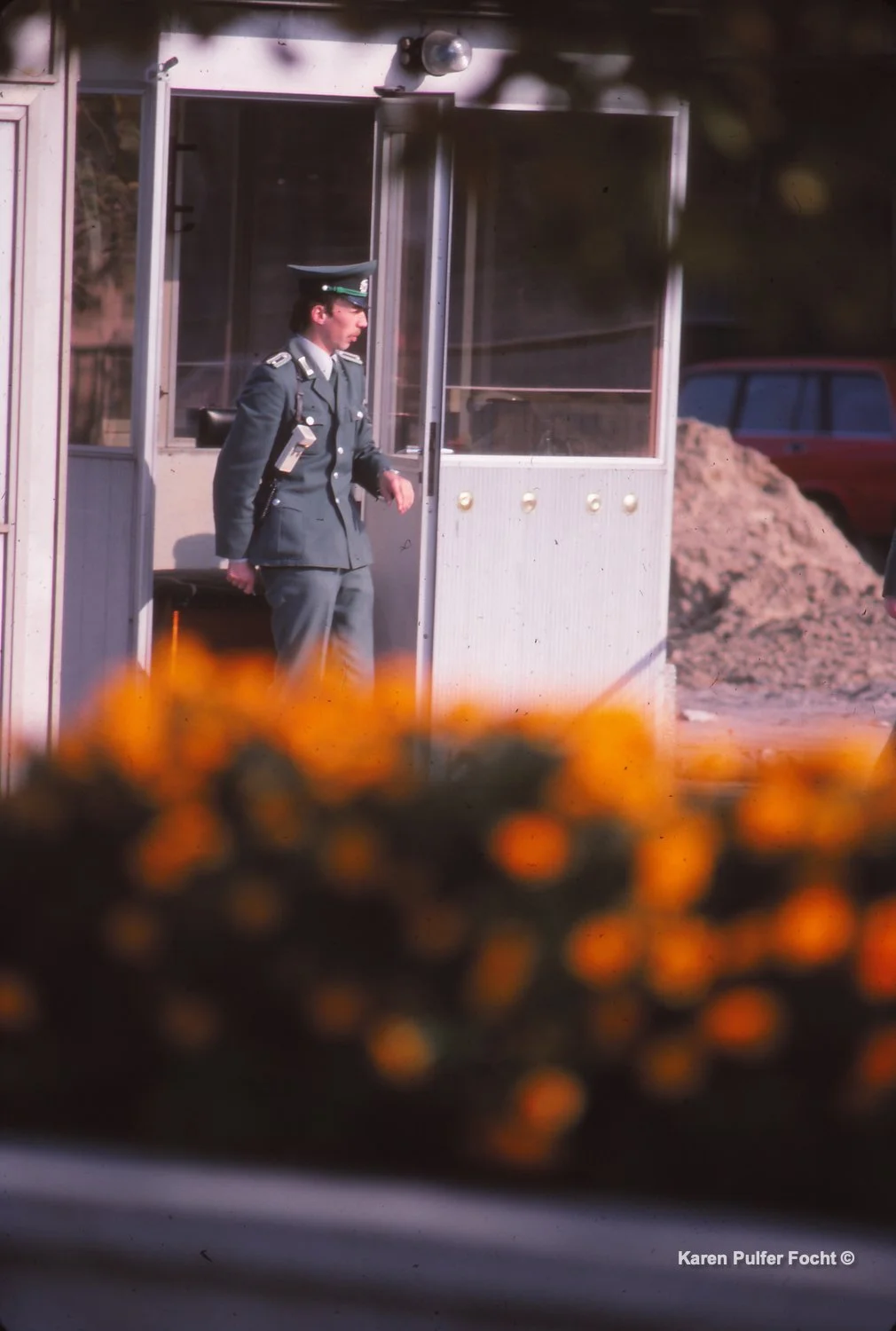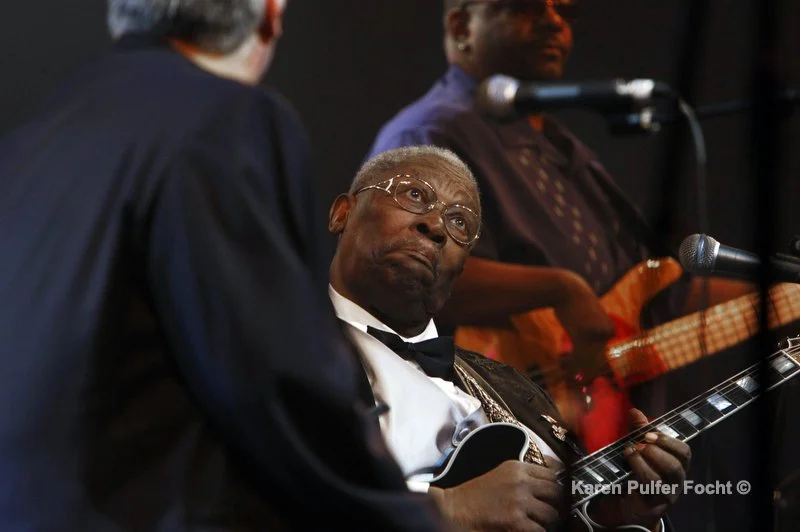The Berlin Wall was built in 1961, to divide East and West Berlin, and remained in place until its fall on November 9, 1989. The wall not only kept families apart during the Cold War; but each side lived by very different ideologies.
The Communist government of East Germany built the wall to prevent East Germans from escaping to the West, which was free.
We happened to be in Germany at a seminar for journalists in October of 1987 and again in 1989 at the European Academy Berlin. The seminar specializes in this very topic, the German Question. During the seminar, experts predicted the Berlin Wall would never fall in our lifetime, but at the same time, East Germans were getting restless with their oppressive government.
Less than a month later, Nov. 9th, 1989, after a mistaken comment by an East German official, East Germans flooded the checkpoints into West Berlin and pushed their way through.
This was the pivot that led to the German reunification in 1990.
Most of the photos below were taken in 1987, and they show daily life in East Germany before the wall came down.


























A man, Carsten Kaaz, with whom we became friends with a few years later, was one of the few who successfully escaped from East Germany. He eventually moved to Memphis. He wrote a book about life behind the wall, In the Shadow of the Wall .
Chris Geoffroy, was not as lucky. He was the last person to be shot and killed by East German border guards when he tried to escape in February 1989-- less than nine months before people could pass through the wall freely.
Me at the Berlin Wall 1987
By Karen Pulfer Focht ©2025














































































